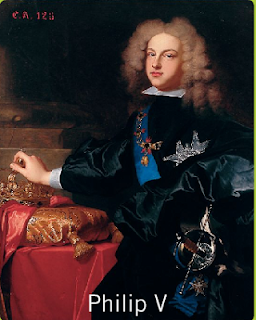You are going to become a history journalist!!!
After a term full of history lessons. We are going to investigate about the history of our area. And publish an article and create a History Magazine in the class.
- Title (It should be atractive, not just the name of the Historical period)
- Historical context of the period, some short information talking about history.
- Documentary about this period. (It should be an storytelling about daily life in this historical period)
- Brief summary about what happened in our area (Aguilar de Campoo)
- The authors and from which websites or books you took the information (the bibliography).
As we have done in all the tasks it is very important to follow the process and the following steps:
1. We will divide the class into 9 groups (most of them will be pairs and some will be threes)
- Prehistory.
- Preroman times.
- Roman Times
- Visigothics.
- Muslims.
- Christian Kingdoms.
- Catholic Monarchs and XVI century.
- XVIII Century.
- XIX Century.
2. Let's review all the history posts to look for information about your history period.
3. Write a short summary for the HISTORICAL CONTEXT with the most important facts.
4. CREATE a documentary or "storytelling" about life in the historical period:
- My life in the Paleolithic: A Digital Story can be a good example for you.
- Tips: Remember to create your storyboard and script and show it to your teacher to check you are in the right way.
5. With the following links INVESTIGATE and WRITE a paragraph about this historical period in our area of Aguilar de Campoo.
- Prehistory: The nearest Prehistory areas and remains are Altamira and Atapuerca.
- Preromans times: There was a tribe along this lands The Támaricos and also is very famous El Castro del Monte Bernorio.
- Roman Times: The Romans founded many cities in our province. Romans in Palencia
- Visigothics: We can look for information in the village of Mave.
- Muslims: We don't really have remains of them but we can know what happened on Muslim times in Valderredible.
- Christian Kingdoms: Aguilar was founded in this period. Also we have important Romanesque momuments.
- Catholic Monarch and the XVI Century: Aguilar had Marquis. Also Charles I of Spain and V of Germany visited our village. And we have an important explorer Juan Martín
- XVIII Century: The Catastro del Marqués de la Ensenada talked about Aguilar.
- XIX Century: The French troops were here.
6. You will create your article for the Magazine. We are going to use a new app to create it:
This video will help you to know how to deal with it:
(It was done by @jferna35)
Your teacher will say to you what page of the magazine you have to do and also the username and the password to enter in your class magazine.
7. Each member of the group will write a post in the kidblog as it was a page of the magazine. And send it to the teacher through the EDMODO.
8. EVALUATION:
- We are going to have 100 points.
- 50 points will be used by the teachers. (Using the rubric)
- 28 will be used by self-evaluation. (Using the rubric, it is individually)
- 22 will be used by the teamwork. (Give out maximum 22 points to each member of the group)
You are going to create a paper as draft. You have to include:


































